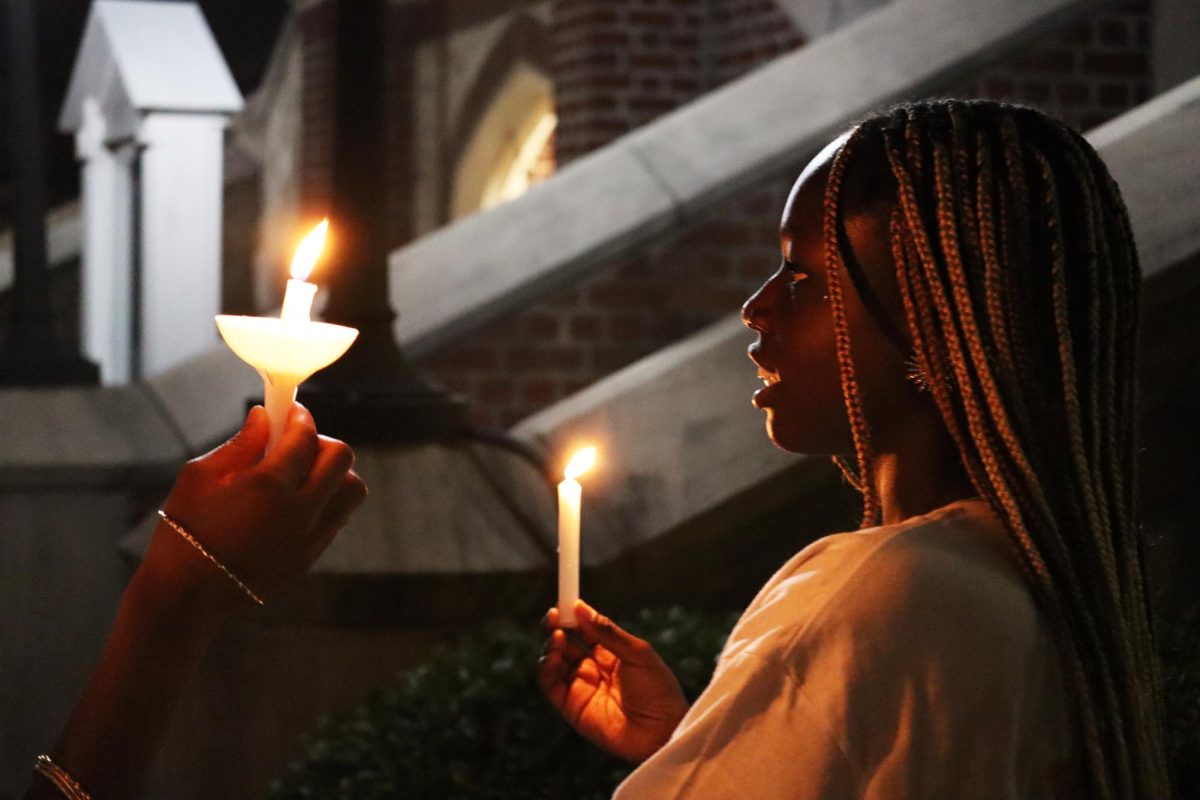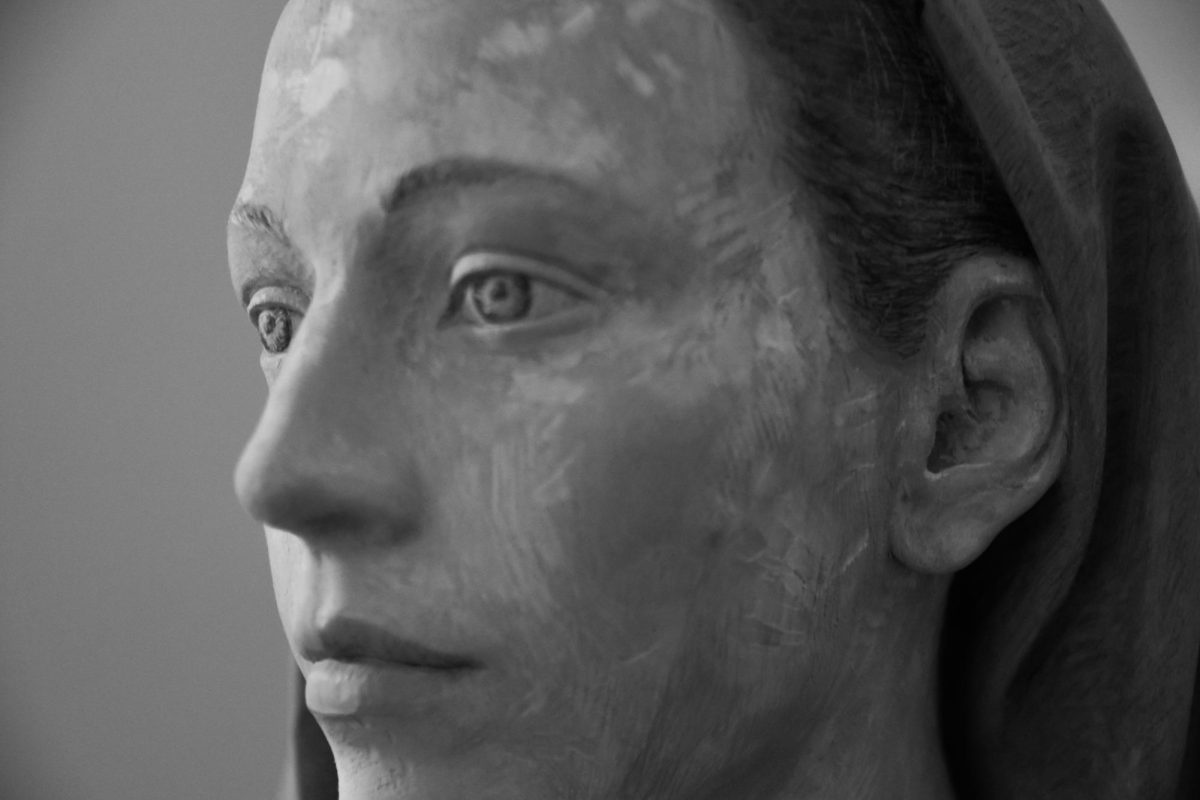Rebuilding New Orleans is rather like putting together a jigsaw puzzle, but without having the picture on the box. We do have an image of New Orleans in our memory, but now we have different pieces to work with. I would like to focus on one part of the portrait. I propose that New Orleans have a new, dynamic arts and entertainment district.
Great cities have given us great art. Ancient Athens gave us drama; Renaissance Florence gave painting; and early modern New Orleans gave us music. To be sure, there is great drama, painting and music the world over; but cosmopolitan cities – which New Orleans once was – serve as cultural incubators for the new and the creative.
The chronicle of jazz begins in Storyville, the Red Light District of New Orleans at the turn of the 20th century. The brothels there were full-service establishments. In addition to sex, there was food and music. It was within the cash economy of the district that musicians were able to hone their skills. While it is true that great art sublimates suffering, it is equally true that musicians need to pay the rent like everyone else. They need a gig. When the Navy closed Storyville in 1917, the musicians went north to St. Louis, Chicago and New York, and invented the Jazz Age. The rest is modern American history, as we might read about in “The Great Gatsby.” In this very true sense, New Orleans sparked the cultural fire of modern America.
I have a sense that New Orleans has much more music to write. We need, somehow, to connect our past with our future. Here’s how I propose we do it. First, we bulldoze the Iberville Projects. That’s the site where the original Storyville resided. I know. This is controversial. Certainly poor people need housing, but how long can the best public housing survive if there are no jobs? Like the musicians of 1917, we need to create, but we also need to pay the rent. By combining music with other forms of fine art, we can attract a higher end of the tourist trade. Blessings and peace on the post-punk scene; but they don’t pay like a couple of successful accountants from Portland on a quest to rekindle the old flame.
This leads to my second point. The city should zone the area around Ramparts and Basin Streets as a high end arts and entertainment district. Great policy skill is required here. To have no zoning, whatsoever, as one of my libertarian friends suggests, could give us something totally out of character with the city and would break up the narrative. To have too much zoning will give us Disneyland. Instead of death by mugging, we’ll have death by boredom, brought on by a bout of mediocrity.
Jazz is very much about improvisation, about the unexpected. There is a great story about Charlie Parker, the great alto saxophonist. One evening, an especially difficult customer jammed a big wad of money into the tip jar on the piano and demanded gut-bucket blues. Parker very casually turned to the pianist and said, “Stardust, Ted.” He then proceeded to play 29 versions of Stardust; each one different, but each one still the song Stardust. He then packed his sax into his case and walked out, leaving the money in the jar.
This is how I envision the new district, not as a den of brothels, like Storyville; not as a poverty trap, like the Iberville Projects; but as a place where we can grow, while keeping our identities; where we can remember our song, but can play it in an infinite variety. Great art from Athens, to Florence, to New Orleans gives us healing because it gives us catharsis. It allows us to acknowledge the tragic side of life while giving us the courage to endure. If ever there was a city in need of healing, it is us; and in the words of one of Charlie Parker’s favorite songs, “Now’s the time.”
Roger White is an associate professor of political science at City College.







